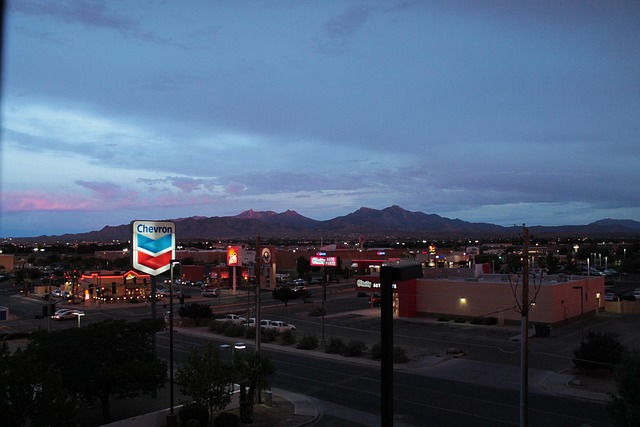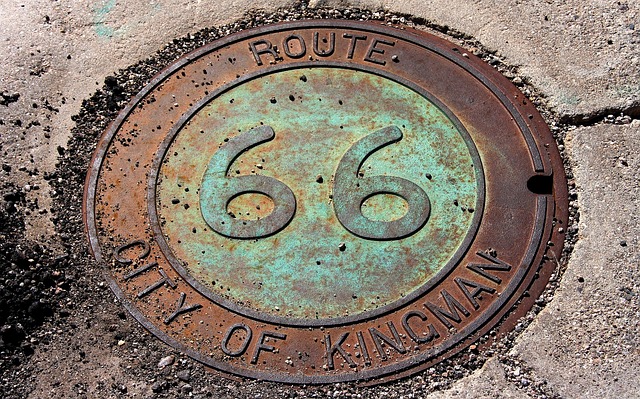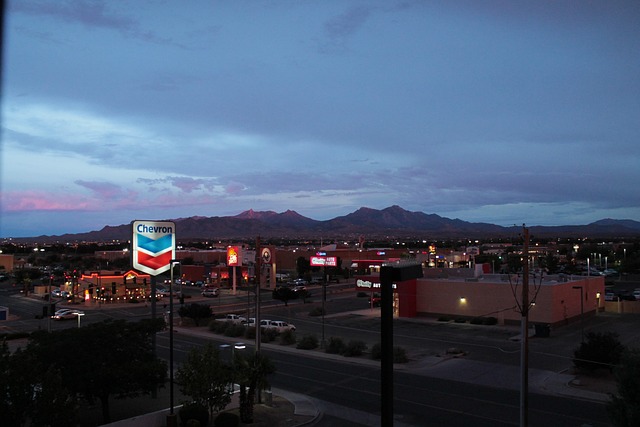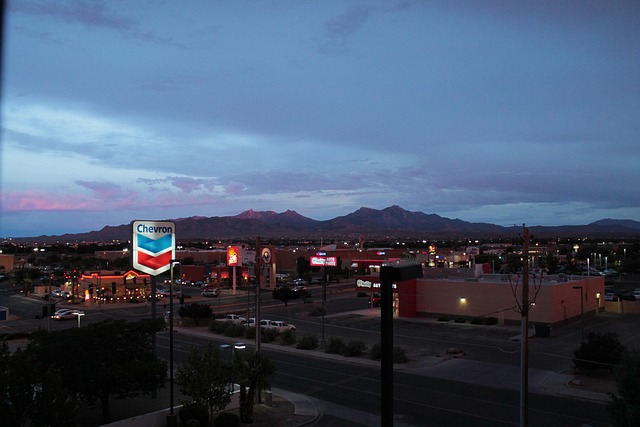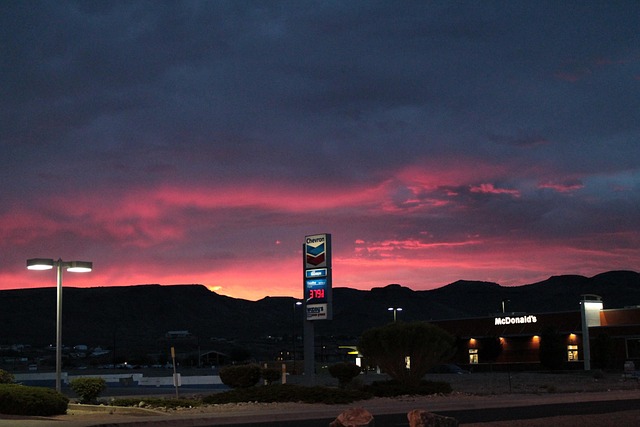Route 66, dubbed the "Main Street of America" and "Mother Road," transformed desert regions from 1926 until its late 20th-century decline. This iconic highway connected Chicago to Los Angeles, driving economic growth through bustling towns and vibrant communities. Today, its historic charm and enduring allure draw diverse visitors, making it a lucrative real estate opportunity for investors. Underutilized spaces along Route 66 can be converted into profitable ventures, from accommodations to eco-resorts, while embracing the region's desert charm. Despite challenges like extreme climate and remoteness, Route 66 offers robust local communities, competitive property prices, and ample outdoor recreation opportunities.
“Discover the enchanting intersection of history and modern real estate opportunities along iconic Route 66, nestled in the heart of the desert. This article explores the historical significance of this legendary road, providing a traveler’s guide to the vibrant properties that line its path. From unique accommodations to thriving local businesses, learn about the challenges and benefits of living in these desert travel hubs, where old-world charm meets contemporary comfort, making Route 66 a must-visit destination for real estate enthusiasts.”
The Historical Significance of Route 66 in the Desert

Route 66, often dubbed the “Main Street of America,” holds immense historical significance in the desert regions it traversed. This iconic highway, established in 1926, connected Chicago to Los Angeles, cutting through vast stretches of arid land and small towns. Its impact on the desert was profound, serving as a vital real estate corridor that facilitated trade, migration, and cultural exchange. Towns along Route 66 flourished, with motels, restaurants, and gas stations sprouting up to cater to travelers, leaving an indelible mark on the landscape.
The highway’s influence extended beyond economic growth. It became a symbol of American freedom and adventure, immortalized in literature, music, and film. The desert, once seen as a barrier, was transformed into a destination, with Route 66 offering a route to opportunity and a sense of community for those who ventured through its sandy dunes and rugged terrain. This historical significance continues to draw travelers today, making it a timeless testament to the power of connectivity in shaping landscapes and communities.
Real Estate Opportunities Along the Route: A Traveler's Guide
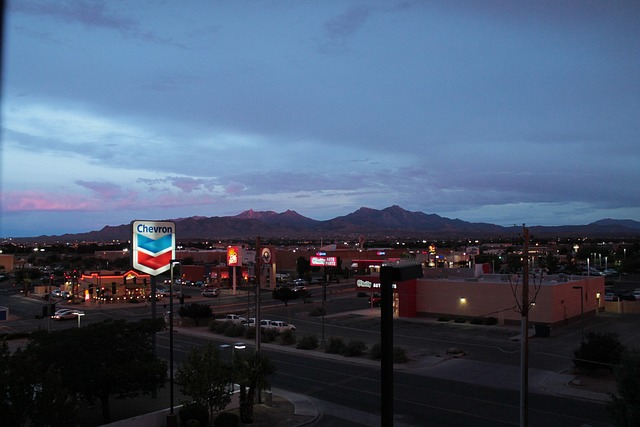
Route 66, often referred to as the “Mother Road,” winds through vast deserts, offering travelers a unique and captivating experience. Beyond its rich history and scenic beauty, the iconic highway presents intriguing real estate opportunities for those seeking a change of pace or a profitable venture. Along this historic route, properties with strategic locations can attract a diverse range of visitors, from road trip enthusiasts to those seeking a desert retreat. From cozy motels and cafes to larger plots suitable for eco-resorts, the potential is vast.
For investors and entrepreneurs, identifying underutilized spaces along Route 66 can be a game-changer. The highway’s enduring allure as a symbol of American freedom and adventure ensures a steady stream of tourists, providing a solid foundation for any real estate venture. With careful planning, businesses or residential developments can thrive while embracing the rugged desert charm that makes this route so captivating.
Navigating the Challenges and Benefits of Living in a Desert Travel Hub
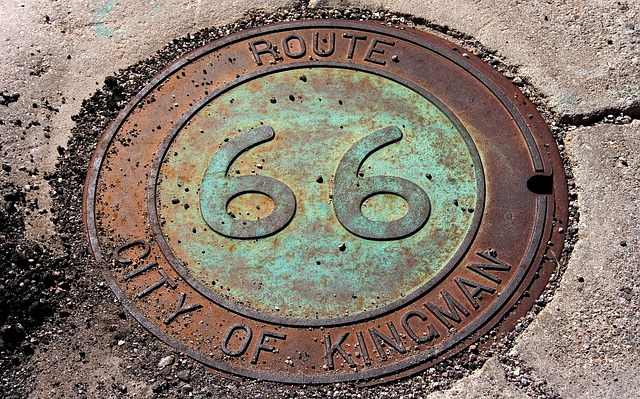
Navigating the challenges and benefits of life in a desert travel hub like Route 66 offers a unique blend of experiences. One of the primary hurdles is the extreme climate, with scorching summers and minimal rainfall presenting both health and structural concerns for residents. However, the real estate market thrives due to the region’s allure—vibrant landscapes, vast open spaces, and proximity to iconic attractions draw in buyers seeking a change from urban living. This demand often leads to competitive property prices, despite the remote location.
Despite these challenges, many find that the sense of community in such areas is incredibly strong. Local businesses thrive on tourism, fostering a close-knit atmosphere where residents support one another. The unique desert ecosystem also provides ample opportunities for outdoor enthusiasts, from hiking and camping to stargazing, attracting those who crave a lifestyle rooted in nature.
